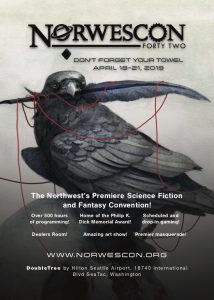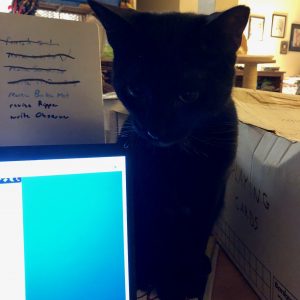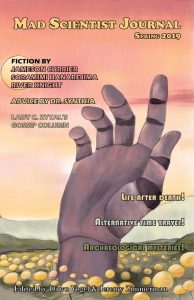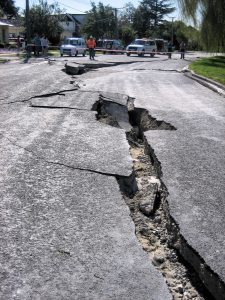An essay by the son of Dr. Morgan Locke, as provided by Hamilton Kohl
Art by America Jones
[I have had the good fortune to recover a small collection of journal entries archived by an unknown historian of the alternate, or mad sciences. As you know, due the secrecy involved, it is very challenging to find firsthand accounts from mad science practitioners. This small piece of correspondence composed by the historian was all I could salvage by way of introduction to these findings.]
… and during my travels I became engrossed in the history of the mad sciences. My particular area of interest was the migration of Eastern European scientists to the colonies, which coincided with continued westward expansion into the 1900s. To that end, I have found fragments from journal entries that lend possible credence to your theory that not only did Dr. Morgan Locke escape his persecution in Prussia, but he in fact survived and continued his work upon arriving across the Atlantic. It would further seem, by the included documents, that some of his studies were carried on for some time by at least one of his sons. I hope you will find this of use for your paper, The Mad Sciences of Upper and Lower Canada: A look into …
~
[The following entries are from the journal of Dr. Morgan Locke, as entered by one of his sons.]
Sunday, March 27, 1853
My father’s accumulated knowledge of the dark arts is finally mine! Or they would be, but now on the eve of his death, I hold his journal in my hands only to find the pages are completely blank. It is all gone: the blueprints for his devices, the recipes for his chemical compositions, strategies, projects, theories, all of it.
I returned here to our family’s estates outside of Ottawa this very evening, having received an urgent telegram from my father’s man, Karstan. Ever to the point, it read: “your father has expired.”
Upon arriving, Karstan showed me to the body. Father was slumped over his desk with a pistol in hand and a rather small hole in the back of his head. A second hole, which was not actually a hole at all, but more of a fist punch from the inside out, inhabited the spot where one would normally find his scornful countenance. I will spare you the detailed description of the congealed blood splatters, bits of bone and brains that adorned the desk, the wall, and the carpet.
I am proud to note that shortly thereafter I had the presence of mind to make sure I properly bottled and preserved (what was left of) his cerebrum. At least this way we’d still be able to argue.
But of course, my main concern was for the journal. It was my birthright. Unfortunately, a small smattering of blood is all that is left to mar the pages. I wish he would have taken better precautions when he killed himself at his desk last night. It was not like him to make such a mess of things, though I find it remarkable that he was able to shoot himself in the back of the head like that.
I’ll leave a note for Karstan to dispose of the body, I’m sure that will be sufficient.

The machine should be destroyed before the cat can use it against me.
To read the rest of this story, check out the Mad Scientist Journal: Spring 2019 collection.
Unfortunately, not much is currently known about either son of Dr. Morgan Locke, though it is widely speculated that this journal was written by the youngest and least sane of the Locke siblings.
Hamilton Kohl discovered his love of the mad (or alternate) sciences at an early age, when he was introduced to the Hilarious House of Frankenstein. He now spends his days writing while chained to his office cubicle. At night, and most weekends, he enjoys a slight reprieve from the insanity of corporate mad scientists to spend time with his wife and children where they live just outside of Toronto, Canada. You can find him on twitter @Hamilton_Kohl.
AJ is an illustrator and comic artist with a passion for neon colors and queer culture. Catch them being antisocial on social media @thehauntedboy.
“A Fragmented Examination of Slingshot Time Travel” is © 2019 Hamilton Kohl
Art accompanying story is © 2019 America Jones






 Our MSJ alum have been up to all sorts of interesting projects recently!
Our MSJ alum have been up to all sorts of interesting projects recently! Inexplicable archaeological discoveries, fascinating scientific logs of experiments gone awry, and alternative solutions to a variety of problems. These are but some of the strange tales to be found in this book.
Inexplicable archaeological discoveries, fascinating scientific logs of experiments gone awry, and alternative solutions to a variety of problems. These are but some of the strange tales to be found in this book.